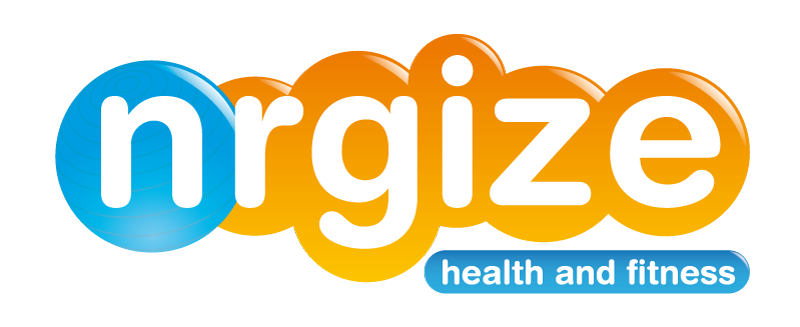People often interchange the terms sprains and strains when talking about injuries but there is a difference. Read on and I hope I can clear it up...
Ligaments and tendons are both made up of fibrous connective tissue but they have different roles and functions.
- Ligaments attach bones to bones
- Ligaments help stabilise joint
- Ligaments are not very elastic
- Imagine a belt or strap connecting, for example, your shin and thigh bones
- Tendons attach muscles to bones
- Tendons help to move the joint and absorb some impact on the muscles
- Tendons are more elastic than ligaments but not as elastic as muscles
- Imagine tough bungee cords or straps, for example, your achilles tendon
Bearing the above in mind then the terms Sprains and Strains are used to differentiate between injuries:
- A Sprain is an overstretch or tear to a ligament
- Sprains commonly occur at the ankle, knee or wrist
- A Strain is an overstretch or tear to a muscle
- Strains commonly occur in the leg, arm or back
Sports Massage can aid recovery from both sprains and strains. Please get in contact to see how I can help.
I recently posted a link on my facebook page to an article investigating the pros and cons of forefoot vs barefoot running as there is a lot of hype and confusion about the two.
As a little add-on I thought that I would give my personal experience of changing to forefoot running in normal trainers.
A few years ago now I injured my knee playing hockey and despite all rehab have been left with internal damage and I had to retire from playing due to the pain from constant foot strike and rotational movements. I found running uncomfortable and also had trouble in my basic karate stances.
I made the conscious decision to give up hockey as it was the sport that I had least control over body action. I was however determined not to give up karate or other activities.
Although I had a neutral running style I was a heavy heel striker, and so I decided to change to forefoot running. I chose to change because our bodies were designed in such a way that our joints are able to absorb and dissipate impact energy when we strike through the balls of our feet. Fundamentally this would deliver less impact through my knee.
I do have barefoot shoes for general walking and other activities I chose to keep my running trainers to give my joints more cushioning as my knee already has more than average 'wear and tear'. I started gradually; jogging back the 3/4 mile from school drop off very slowly ensuring that it was all forefoot striking. Oh boy did my calves ache, but not my knee, and a good stretch sorted them out! After a few weeks I gradually increased the distance and found that not only did I have no knee pain; I was actually running faster. Moreover, I was able to do squats and lunges after the run. Something that had been impossible before.
Currently I am able to run, cycle, do karate and Muay Thai boxing. Yes there are days when the knee lets me know that I have done too much but, as with everything else in life, it is a balancing act. So my experience has been positive. I have taken in steady in my transition from a heel striker to a forefoot runner and have benefited from it. However I changed my running style out of necessity. I would always caution against changing something for no real reason other than you fancy trying it. If your current running style is causing no injury then consider very carefully the pros and cons of changing.
I you need any help with assessing your needs then please contact me and I will be happy to help.



